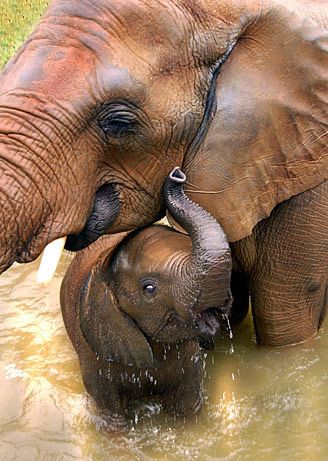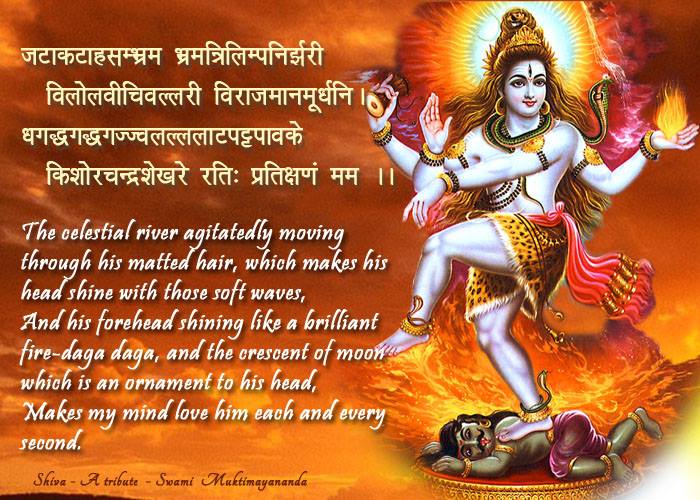A Summary of the Srimad Bhagavata Mahapuranam-4.16.

27.12.2016 4.The Stories of Siva and Sati, and Rishabhadeva and Bharata-16. "Yam yam vapi smaran bhavam tyajaty ante kalebaram, tam tam evaiti kaunteya sada tad-bhava-bhavitah" (B.G. 8.6): Whatever thought one remembers or entertains in the mind at the time of passing, that is the state you will attain in the next birth, says the Bhagavadgita. The body is a concentrated form of the mind itself. It is a condensation of thought. The mind manufactures this body for the purpose of the fulfilment of its desires. The body is necessary for the mind in order that it may contact physical objects through the sense organs. Otherwise, the mind by itself cannot contact physicality. So, as if its only duty is to come in contact with pleasurable objects of sense, it manifests certain avenues of contact, called the sense organs. The desire of the mind in five different ways is the reason for the manifestation of the five different senses. When we look at an object, we wa























